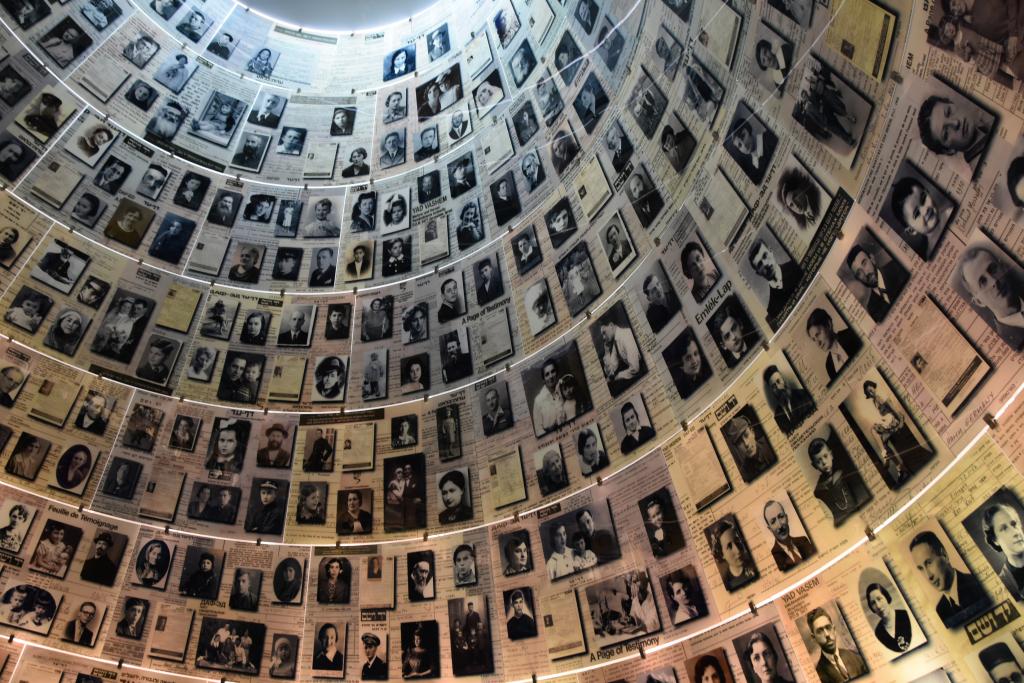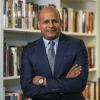It has been nearly 10 years since the release of The White Ribbon, by Austrian director Michael Haneke. The film is set in the summer of 1914 in a small Protestant village in northern Germany. Once-tranquil, it has been troubled by a series of mysterious, violent acts, including vandalism, arson and beatings.
Though local children are suspected of being the culprits, the crimes remain unsolved by the community – and therefore unaddressed. As the film ends, the village is overtaken by the news of Archduke Franz Ferdinand’s assassination and the start of the conflict that would become World War I.
Why is The White Ribbon so relevant today? Through a well-crafted metaphor, it addresses the rise of intolerance within a single lifespan. A quarter-century later, the generation that the village residents represent would come to constitute the bulk of the Third Reich, as so chillingly described in Daniel Jonah Goldhagen’s 1997 history, Hitler’s Willing Executioners.
Similarly, Haneke’s earlier whodunit, Caché (2005), was really about the French colonisation of Algeria. In a review of the film after its release, the daily, Le Monde, wrote:
“Haneke seems to depict a civilised world from which all barbarism has been expelled, but what really asserts itself in his cinema is that its eradication – whether or not an admitted utopia of contemporary Western society – could be just another way for it to come back.” In the post-9/11 era in which we live, with societies around the world being increasingly overtaken by intolerance, a similar self-reflection is required.
What indeed is the genesis of societal, not merely group, radicalisation? How and when does a previously tolerant and civil community drift into ways of interaction – toward each other and also outsiders – that can be described as extremist? What can be done when one observes the slow-motion proliferation and acceptance of hate? As in Haneke’s allegorical film, such a transformation can take place within a single generation. It is also one urged forward by the collapse of education, the hijacking of knowledge and, more problematically, political and ethical passivity.
A new type of witch hunt
While 9/11 has certainly been overemphasised in terms of its novelty in international affairs, it is nonetheless the opening salvo in this sequence.
As vividly shown in the human-rights abuses in the Abu Ghraib and Guantanamo prisons and the rationalisation of torture, 9/11 led to the introduction of the key components of this new socialisation in-the-making: the militarisation of international affairs, the securitisation of society, the violation of the rule of law, the normalisation of discriminatory discourse and practice and global surveillance. In time came the rise of a wave of neo-authoritarianism underwritten by the monetisation of democracy as explained by Jane Mayer in Dark Money, which details how some of the ultra-rich have been pouring money into the American “alt-right” extremists.
All along, the lethal transnational terrorism of Al Qaeda and the Islamic State and social science research that concentrated near-exclusively on the violence of Islamist armed groups allowed for the development of repressive public policies and a drift into a new type of witch-hunt populism that became more and more politically acceptable. These remained less seen because they are in effect more widely present and more problematic, and thus harder to pin down.
The normalisation of hate speech
In such a context, the near-normalisation of hate speech has elevated the extremism of groups to a point where anti-racist militants find themselves on the defensive, while saying the unsayable has become just another opinion.
On January 27, 2017, just seven days into his presidency and quite symbolically on the occasion of the Holocaust Remembrance Day, US President Donald Trump signed Executive Order 13769, commonly referred to as the “Muslim ban”, a ruling later upheld by the US Supreme Court, which introduced formally a discrimination against individuals on the basis of their religion.
The crucial opening of such space was then occupied tactically by extremists to further broadcast their views. Neo-Nazis and KKK militants held a rally in Charlottesville, Virginia in August that year, openly promoting white supremacy. When one of those white nationalists rammed his car into a group of counter-protestors, killing one woman, President Trump expressed the view that there were “very fine people on both sides”.
More than ever in recent years, particularly in Western societies, more people are increasingly listening to right-wing views that speak the language of identity, culture and religion – a lethal trend also playing out in non-Western societies such as India, Brazil and Israel.
Ironically, the intolerant and anti-democratic ideology of violent groups that targeted the West in the 2000s is, in the 2010s, becoming the vernacular of this same Western world. It is now reproducing high levels of racism in its very midst – racist views that in turn generate right-wing terrorism such as the killing of 50 people in two mosques in Christchurch, New Zealand, in March 2019.
As these societies tolerate such views in their midst while talking about the violent extremism of others, their own radicalisation escapes them.
Italy, Germany, the US and France
Among others nations, Italy, Germany, the United States and France are at the forefront of this disturbing new sequence. Celebrated by the Ku Klux Klan, the election of President Donald Trump did not so much launch this trend but brought out into the open dystrophies playing out over the past 15 years.
Racism is the most visible one. It takes the shape of Islamophobia, anti-Black, anti-Semitism or anti-Latino sentiments and grows among average citizens who say they are “comfortable with racism”. Yet the term extremism is rarely used in this context, reserved primarily for radical Islamism.
In France, the socioeconomic malaise of the past years has given birth to a nationwide movement, the “gilets jaunes” (yellow vests). While its right-wing tendencies are tangible, the movement is generally depicted as a group of ordinary, disenfranchised citizens threatened by globalisation whose violence is thus “understandable”.
All along, the forceful drive of overtly racist leaders – Hungary’s Victor Orbán, the Philippines’ Rodrigo Duterte or Brazil’s Jair Bolsonaro – was matched only by the tepidity of the societal reaction to the views that have been materialising amidst this global zeitgeist of intolerance.
Troubling signs
What this mid-to-late 2010s sequence may well spell is that the 2020s can easily come to cement this radicalisation of societies.
The rise of right-wing terrorism, the proliferation of attacks on migrants, the redefinition of populism as a benign expression of anti-elitism, the rewriting of school books and curricula and indeed new-old techniques such as Italian politicians’ criminalisation of art forms such as rap are tell-tale signs that the current moment of global animosity continues to forge ahead dangerously – as it did, unchecked, a century ago.
This article was originally published in The Conversation under the title, “The Lesson of The White Ribbon for Today: How Tolerant Societies Can Drift into Hatred”.
About the photo: The Hall of Names at Yad Vashem – The World Holocaust Remembrance Center in Jerusalem, Israel is a memorial in remembrance of the six million Jews murdered during World War II.



